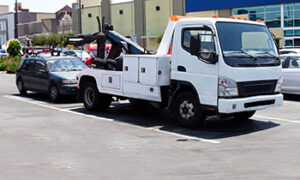
Workers’ Compensation
Our Workers’ Compensation coverage provides a host of value-added services before, during, and after a claim. With offerings such as up-front loss control measures to identify and correct occupational hazards, responsive claims handling, and the facilitation of quality medical care, we’ve been protecting our policyholders and their employees for decades.
Read MoreWhy Choose GUARD?
Artisan Contractors
We understand the unique insurance needs of artisan contractors. That’s why we make it easy to protect your interests all under one roof. From safeguarding your employees to protecting property onsite and off to ensuring financial preparedness against potential liability issues, we offer traditional protection plus!
Read More
Hurricanes:
Beating the Storm
Hurricane season in the U.S. is inevitable, resulting in billions of dollars of damage annually for home and business owners. In addition to saving lives, preparing properly for a hurricane can save time and money throughout the recovery process. Take steps today to help mitigate tangible losses.
Read More
We’re Hiring!
Our organization is always seeking talented and diverse individuals to join our team and establish a rewarding career with us. Check out our latest job openings.
Read More









